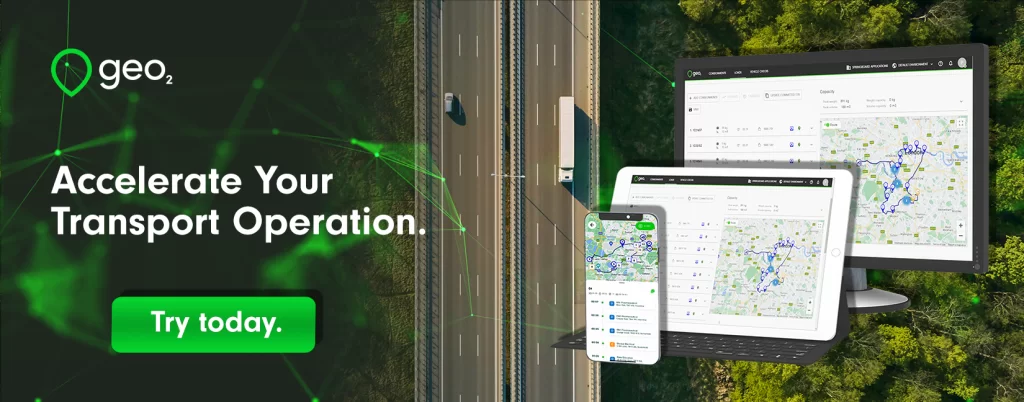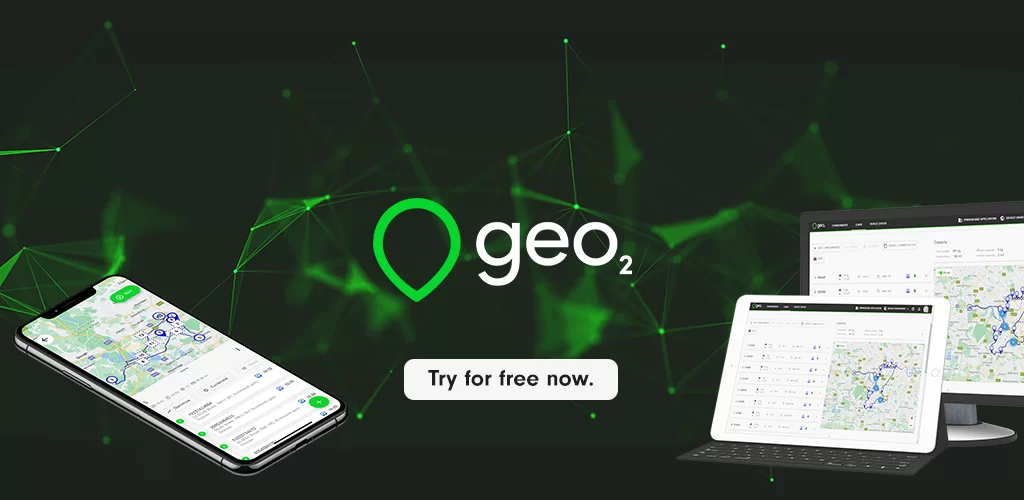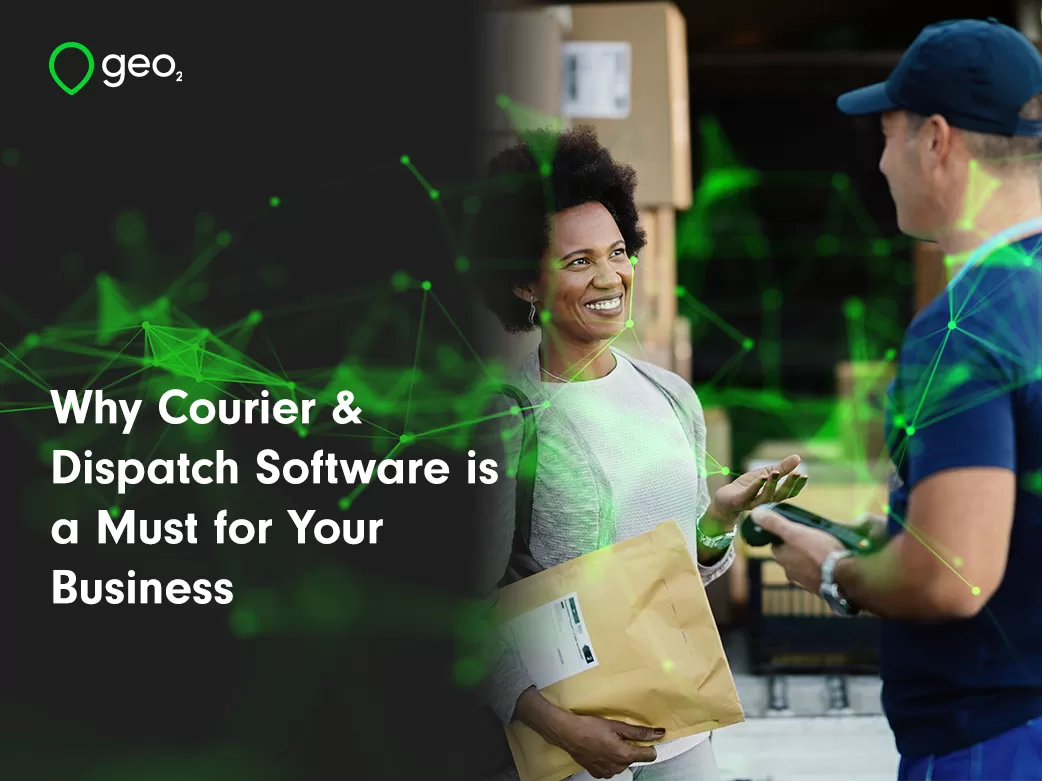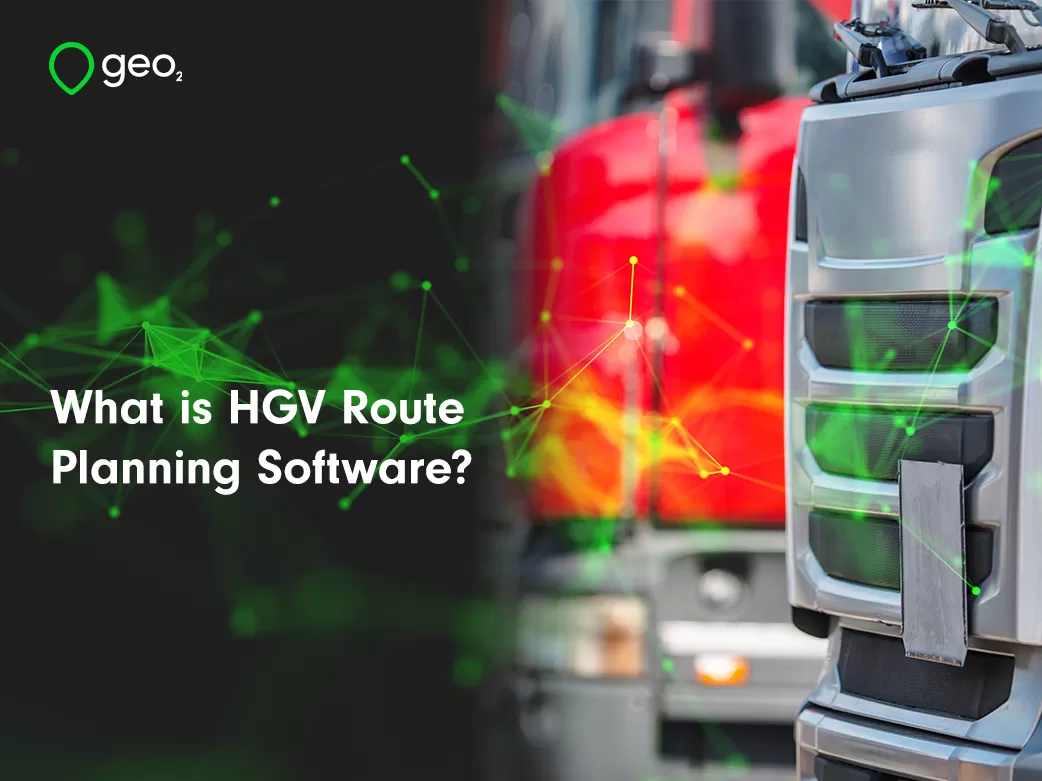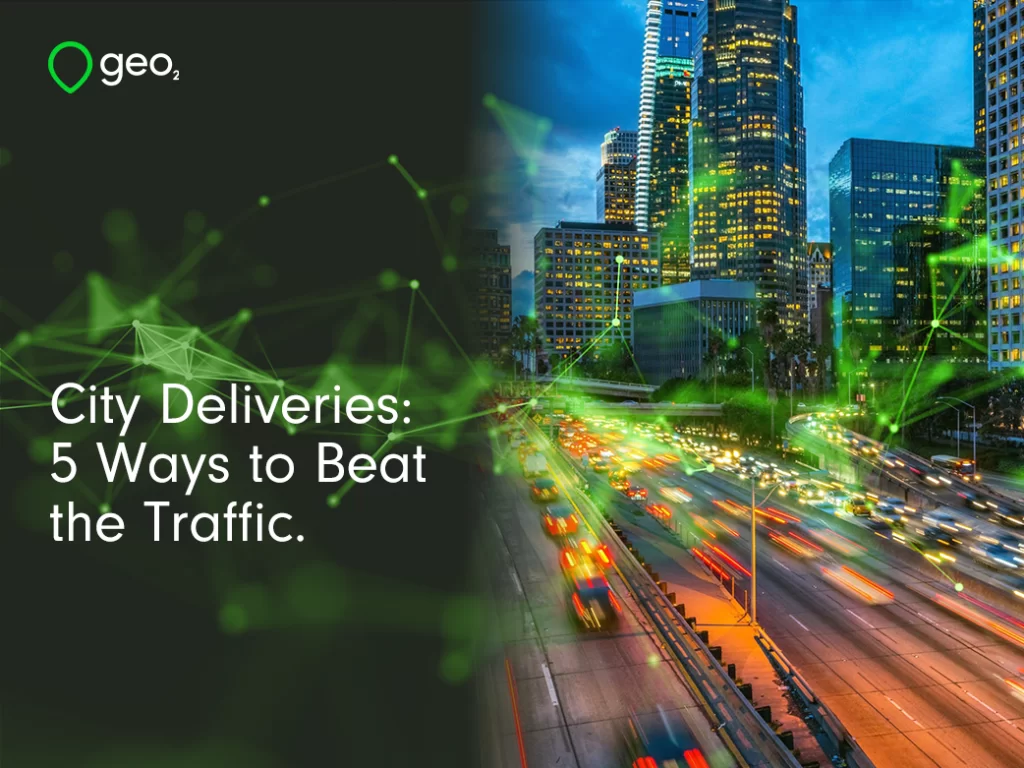
City Deliveries: 5 Ways to Beat the Traffic.
Introduction.
Traffic congestion is a real hindrance for city delivery drivers and courier services.
Drivers need to minimise the amount of time they spend in traffic to ensure on-time deliveries and great customer service.
Overcoming heavy traffic and navigating through diversions and road closures takes effort and requires a lot of patience. But there are also some additional tactics that can help beat the city traffic and deliver on time.
Need help choosing a TMS?
Download the Free Guide Now.
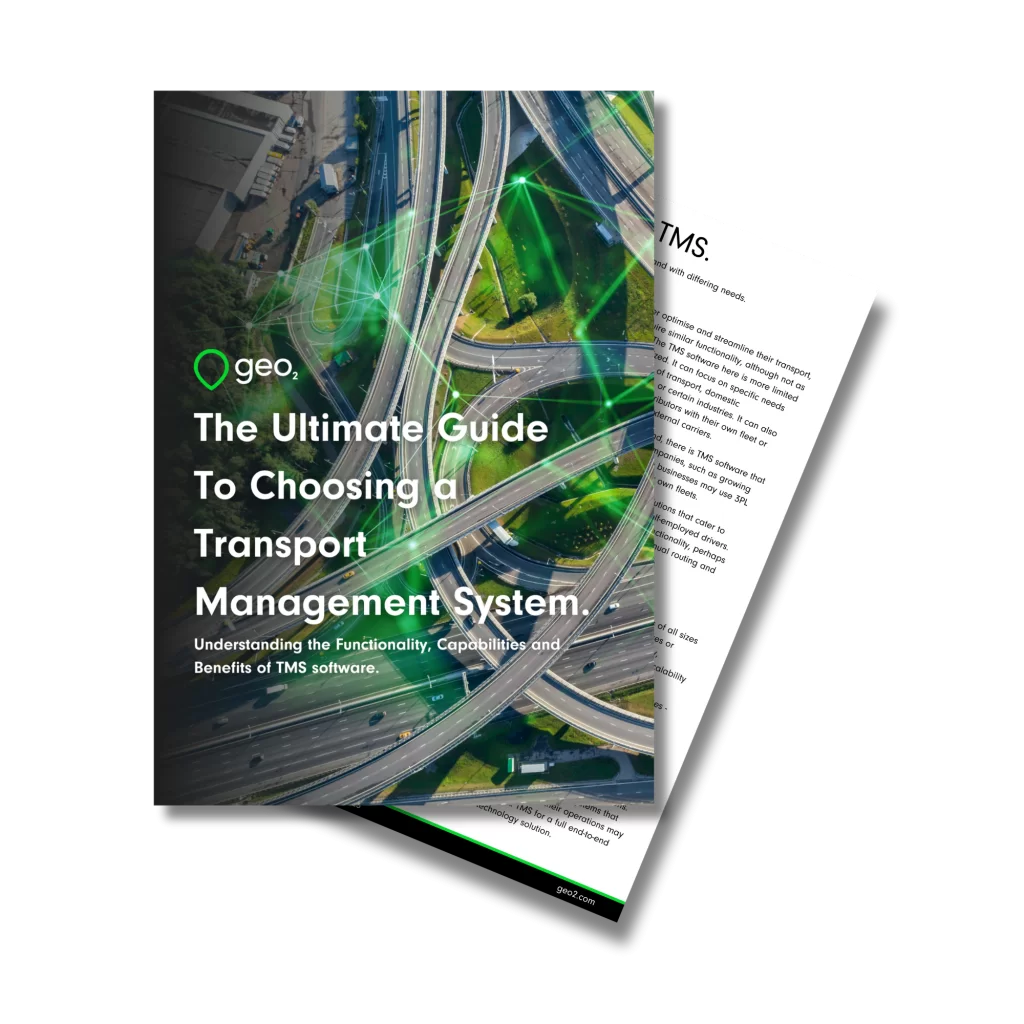
Table of Contents.
The Challenges of City Deliveries.
Cities that have grown organically tend to have a dense and complex network of roads. They are made up of intricate systems of major thoroughfares and dual carriageways, sitting alongside minor roads and small lanes.
Navigating the maze of city roads takes more than just a map. Aside from heavy traffic congestion that will obviously lead to delays, there are often unannounced roadworks that come with major diversions and road closures.
In the city, it seems you always need to be ready to change your driving strategy, to alter your route to find a way through the congestion. Sometimes the back ways and alleys can help, but other times you end up just as badly off as you were in the first place.
In fact, in some cities – like London, Manchester, Liverpool and Edinburgh – the many pedestrian areas, roadworks and one-way streets can mean it is often quicker to walk a short route than it is to drive.
In 2022, London had the slowest traffic in the world and drivers spent an average of 156 hours a year sitting in traffic. For those that drive all day long for a living, their time spent in traffic will be far worse than that.
The average speed in London’s rush hour traffic is slowing every year and is now less than 9 miles per hour (14 kph), easily beating places like Bengaluru, Paris, Rome and Mexico City.
Traffic congestion like this affects your drivers, your customers and your business. Drivers can become frustrated and make manoeuvres that put them and other road users at risk. When they are running late, it adds pressure that can cause parcels to be damaged or incorrectly delivered.
If drivers are slowed down so much that they are unable to complete enough deliveries to earn a good wage, then they will quit, resulting in high staff turnover rates.
When deliveries are received later than estimated, you get dissatisfied customers. And consistently unhappy customers will go somewhere else.
Table of Contents.
Use Digital Maps and Route Planning Software.
These days, most delivery businesses have moved on from the limitations of paper-based maps. They are unwieldy for drivers to use and can’t tell you if the road layout has recently been changed or if the traffic is bad today due to new roadworks.
So, using digital maps is a must for delivery drivers. But if you rely on them, be sure to choose the right one – or even use several. For example, your go-to solution may be Google Maps, but perhaps Waze may be better sometimes, as it can proactively route you around traffic.
Most mapping apps are limited in the number of stops you can plot out. This is fine for the small-time gigging driver that does ten deliveries at a time, but larger courier companies and distributors need better functionality than this.
So, you can use Transport Management Systems (TMS) that include route planning, where you input your locations and the software will automatically provide a route for you.
Use Route Optimisation Software.
Route planning will only plot the route between for stops you input in the order you place them. However, TMS solutions with route optimisation functionality offer a step up from that.
With route optimisation, you can find the best possible route for all your deliveries, and the system will plan them out for you in the optimum delivery order.
You can often choose your own criteria too, whether that’s the shortest route, to conserve fuel – or the quickest route, to ensure the fastest deliveries.
You may want to select options that use lesser-used routes, such as avoiding the busiest bridges in London, for example. Or perhaps your most efficient routes will mean only taking B roads, actively choosing toll roads or avoiding ring roads.
Use Real-Time Traffic Solutions.
The best solution to route your drivers out of congestion and around roadblocks is to use software that includes real-time traffic updates.
This ensures they can adapt to unexpected traffic conditions or road closures and diversions, averting severe delays.
Not all routing software has this dynamic rerouting capability. Using it ensures you won’t disappoint customers, who can be assured that your delivery estimates are precise and that their deliveries will be made on schedule.
Consider Alternative Modes of Transport.
There may be times when it’s beneficial to ditch the van or lorry and to consider alternate modes of transport.
In heavily congested cities, which often also have extensive pedestrian areas, it may be faster to walk or use a motorcycle or bike. Bikes and motorcycles have greater manoeuvrability in traffic, allowing delivery drivers to navigate more easily through narrow streets and congested areas. While they cannot carry as many packages, in dense cities they may offer the best solution for the final short leg of a delivery journey.
There may be cases, too, when walking deliveries are often more time efficient. Walking allows you to access pedestrian areas and you can often bypass traffic queues to reach your delivery destinations more quickly.
Not only do walking and cycling reduce carbon emissions and save on fuel, but these methods also eliminate parking expenses and congestion zone charges.
Make Use of Off-Peak Hours.
By avoiding peak hours, you may be able to save even more time. For example, a 10km trip in London taken in the evening rush hour can extend the journey by nearly 80%, taking it from 24 minutes to 43.
When this is all added up, on average, London’s drivers lose 325 hours a year during rush-hour driving – that’s more than 40 8-hour days lost to traffic. How many more deliveries could you make in 40 days?
Of course, if you’re a busy delivery company, you may need to be delivering through the rush hours. But it’s worth calculating how much more efficient you could be if you condensed your deliveries into the less busy hours of the day. Or perhaps you can use bicycles and motorbikes in these hours, which are proven to be faster in the cities during peak times.
If you operate in a high-traffic city, using a TMS such as Geo2 that has route optimisation, live traffic updates and dynamic rerouting can help you beat the city congestion.
Try Geo2 for free today or book your free consultation to learn how we can help you finish your deliveries early.
